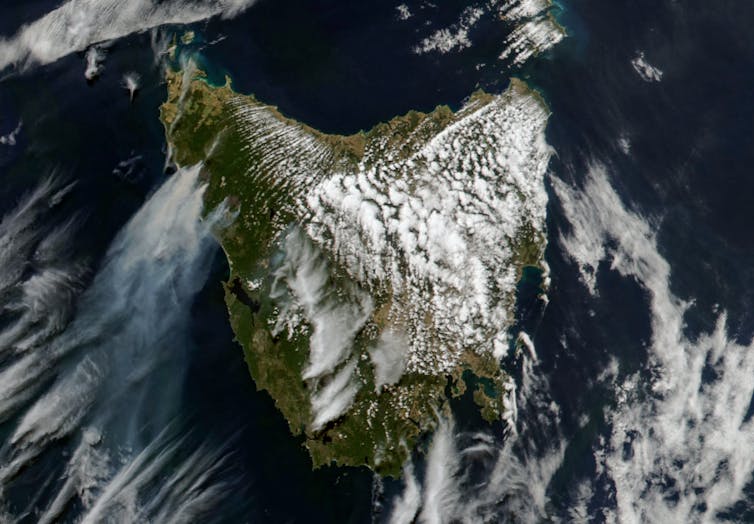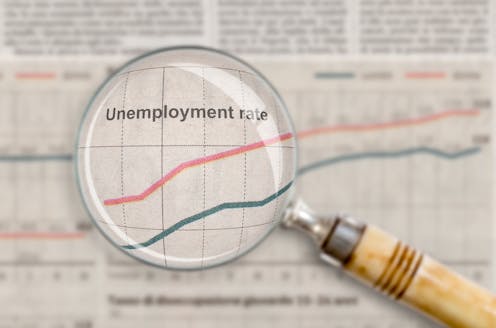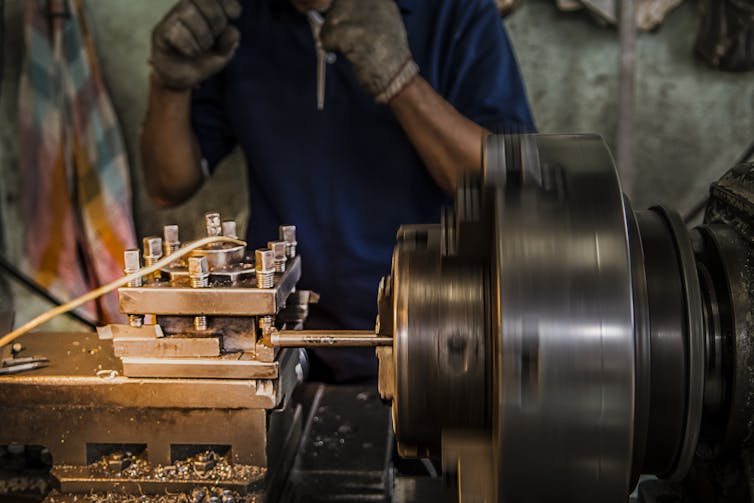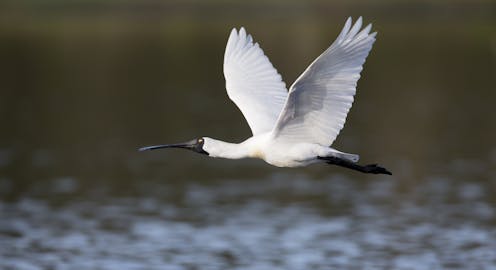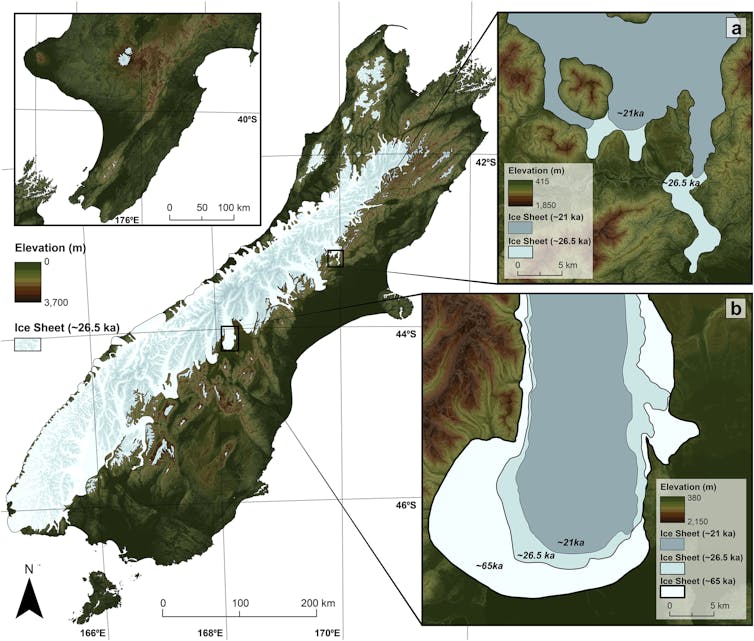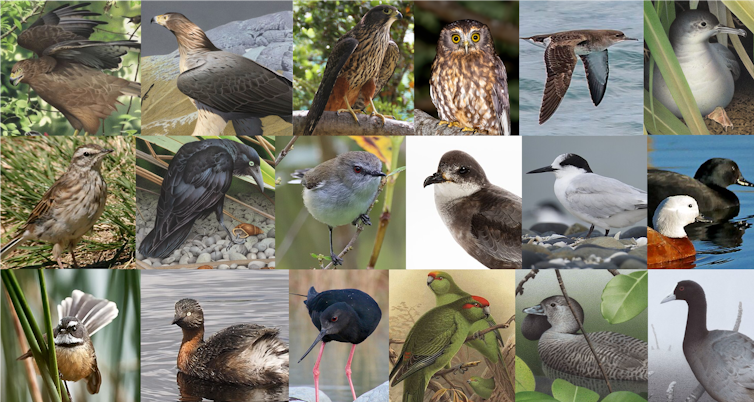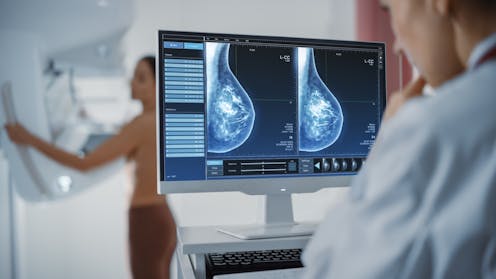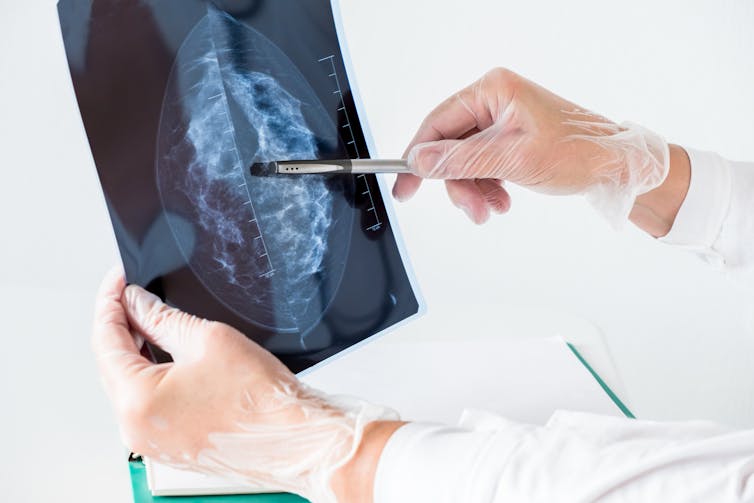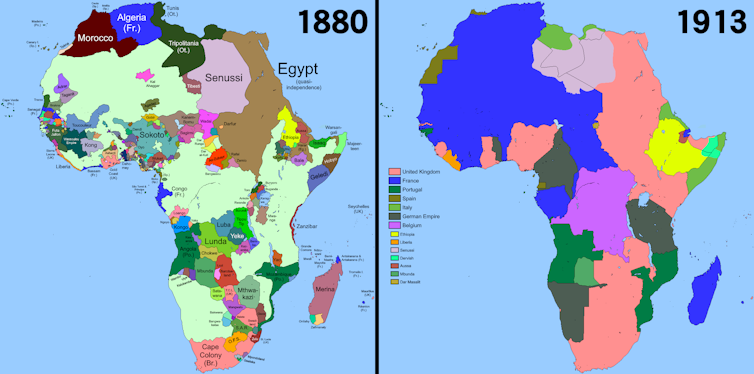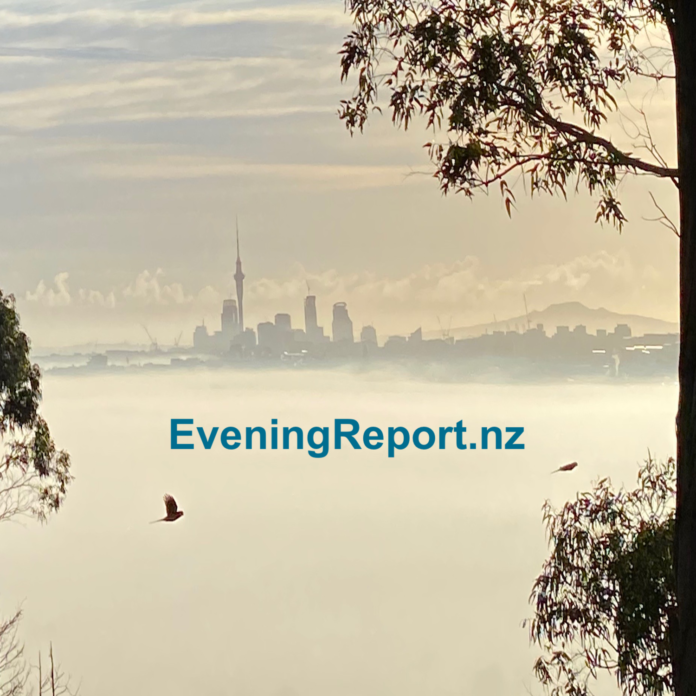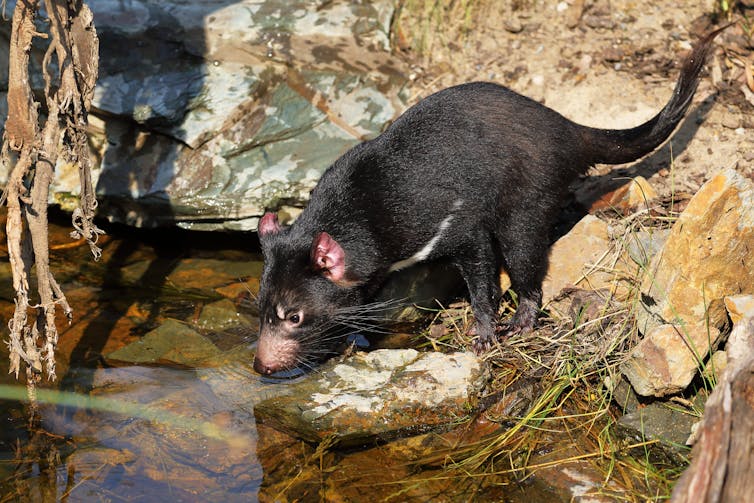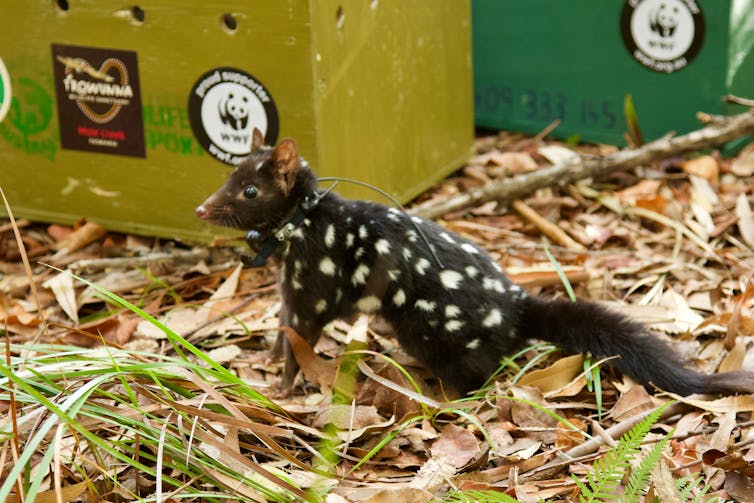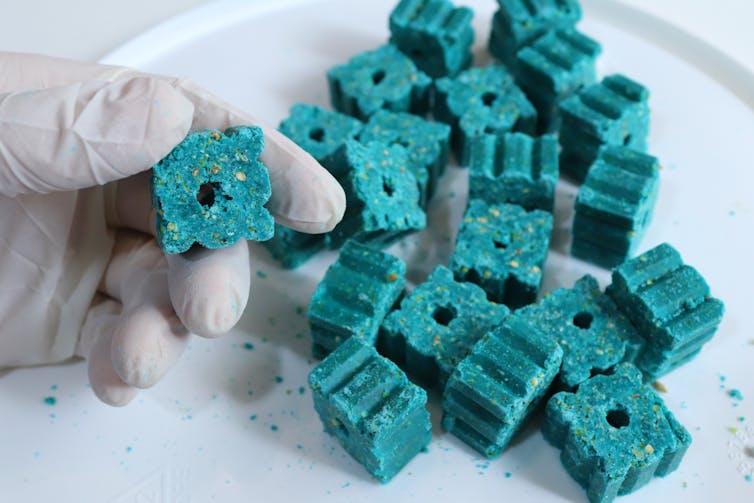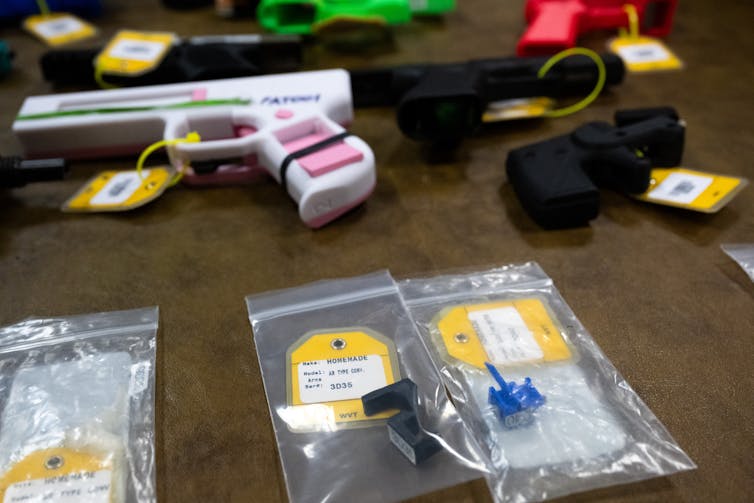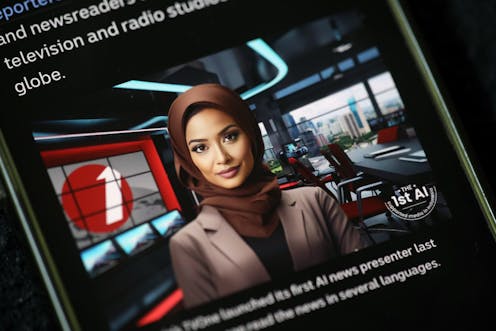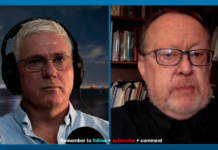Source: The Conversation (Au and NZ) – By Subha Parida, Lecturer in Property, University of South Australia
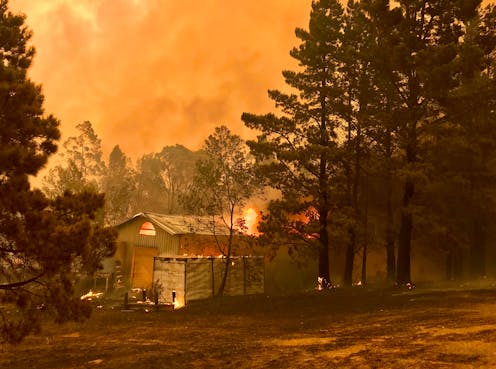
Houses and fire do not mix. The firestorm which hit Los Angeles in January destroyed nearly 2,000 buildings and forced 130,000 people to evacuate.
The 2019–20 Australian megafires destroyed almost 2,800 homes. This summer, houses and buildings have been lost in Victoria, Western Australia and Tasmania.
As temperatures inch upwards, bushfires will become more severe and more frequent, posing risks to more homes. But fires don’t affect homes equally. Older homes built before fire resilience standards became mandatory are at higher risk of going up in flames.
In the aftermath of the devastating LA fires, there are signs that newer homes have fared better than older ones. Previous fires in California and Australia have shown newer homes built with fire-resilient features are more likely to survive than older homes.
The problem is, more than half (55%) of Australia’s homes were built 30 or more years ago – before national standards for fire resilience were introduced.
The good news: you can take action to make older homes more resilient.
Why are new homes better able to survive bushfires?
Location, vegetation and luck play a role in determining which houses survive fires. But there is also evidence newer homes with heat- and ember-resistant features survive better.
Construction standards in both Australia and the United States require the use of materials and designs which reduce fire risk.
In Australia, the national construction standards have been in place since the early 1990s. Over time, the standards have expanded to include more fire-resistant features, such as fire-resistant external walls.
By contrast, older homes are more likely to be built of flammable materials such as wood and untreated timber. Older homes are also more likely to have mature trees and shrubs closer to the house, which can increase fire risk. But as the CSIRO Bushfire Best Practice Guide points out, “trees can also be used to shield against wind, absorb radiant heat, and to filter embers […] when located at a safe distance from the house”.
More exacting construction standards apply for homes built in areas considered at risk of bushfire. State and territory governments have interactive maps of these areas.
Unfortunately, climate change is expanding these areas at risk. As the LA wildfires show, warmer climates mean fire can attack suburbs and cities thought to be safe from bushfire.
Climate change is also making home ownership more expensive, as insurance premiums rise in the wake of more expensive disasters. Analysts predict banks may begin rejecting mortgage applications for properties in areas at high risk from fire.
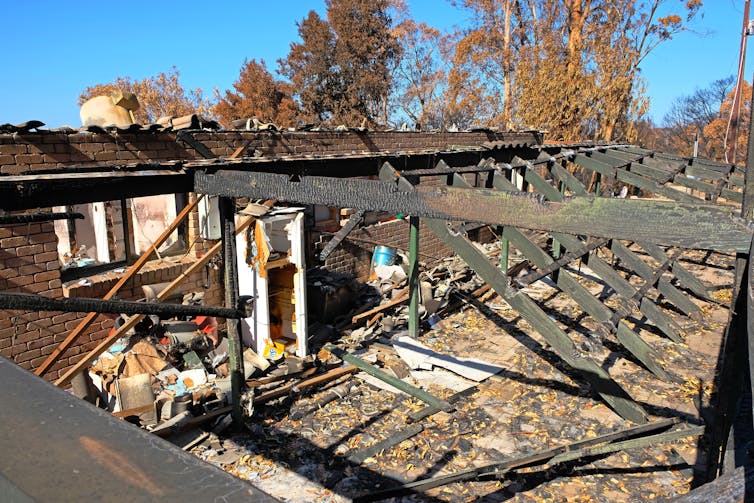
Ekaterina Kamenetsky/Shutterstock
How can we make older homes more resilient?
Older homes remain highly sought after, especially in cities such as Sydney, Melbourne and Brisbane.
But for these homes to be brought up to modern standards of bushfire resistance, they often require significant retrofitting. These retrofits can drastically reduce the risk of ignition.
How do houses actually ignite? Wind-blown embers are a common cause in starting house fires. If a few houses in a town start burning, the fire can spread house to house.
Here are 5 ways to protect your older house:
1. Upgrade external vents. Traditional external vents are designed to ventilate rooms and roofs. But they also permit embers to gain access to attics and crawl spaces and spark a fire. Upgrading to ember-resistant vents can directly improve your home’s resilience.
2. Install ember gutter guards. Ember-resistant gutter guards are made of metal and have finer mesh than normal gutter guards. These help to prevent the build-up of dry leaves and twigs and stop small embers from landing.
3. Upgrade windows and walls. You can cut your risk further by installing bushfire-resistant shutters for windows, using fire-resistant material for wall insulation and replacing combustible material with better alternatives such as metal roofing, fibre cement siding for walls and tempered glass windows.
4. Check your deck and verandah. Wooden decks and verandahs are risky in high-risk areas. If they need to be rebuilt, choose fire-resistant materials.
5. Make space around your home. In fire-prone areas, removing trees and shrubs within 20 metres of the house can reduce risk. A well-managed area of pavers and low-density plants and shrubs close to the home acts as a fire break.
Ahead of fire season, making and updating an evacuation plan is equally vital. Homeowners should prepare emergency kits with essential documents, medications, and protective gear. If a fire starts in your area, applying fire-retardant gels to surfaces at risk can provide temporary protection.
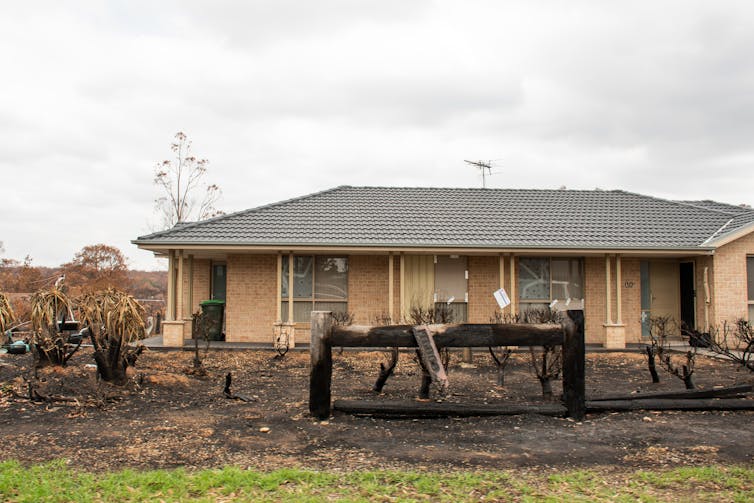
Daria Nipot/Shutterstock
Homeowners can use the National Emergency Management Authority’s bushfire resilience rating app to assess their home’s bushfire risk and to see which retrofits are highest priority.
State or territory governments offer advice on making your house more resistant to fire attack: New South Wales, Victoria, Queensland, South Australia, Western Australia, Tasmania, Northern Territory, Australian Capital Territory.
Protecting our homes takes time – and money
Australia’s housing crisis has been front page news for months. As we head towards the federal election, it will remain a hot-button issue. Unfortunately, we haven’t yet heard discussion of the risk posed to our housing stock from bushfires made worse by climate change.
While planning controls and building standards can raise the standards of future homes, better support and incentives are needed to retrofit existing homes – especially for those built before fire safety standards became the norm.
Retrofitting is crucial. But it’s not cheap. Costs can range from A$8,500 to $47,000 per property.
These expenses can be prohibitive for many homeowners. Initiatives such as the Bushfire Resilience Rating Home Self-Assessment app can result in insurers offering premium discounts to homeowners using it to introduce recommended measures.
In some areas, local governments offer financial assistance for retrofitting, such as the Bushfire Wise Rebate by Ku-ring-gai Council in NSW.
Without greater financial support or government incentives, a significant portion of Australia’s housing stock will remain vulnerable, increasing risks as climate change expands fire-prone areas.
![]()
Subha Parida receives receives funding from the Australian Housing and Urban Research Institute (AHURI)
Lyrian Daniel receives funding from the National Health and Medical Research Council (NHMRC), the Australian Research Council (ARC) and the Australian Housing and Urban Research Institute (AHURI).
Michaela Lang receives funding from the Australian Housing and Urban Research Institute (AHURI).
– ref. More than half of Australia’s homes were built before fire standards came in. Here are 5 ways to retrofit them – https://theconversation.com/more-than-half-of-australias-homes-were-built-before-fire-standards-came-in-here-are-5-ways-to-retrofit-them-249490



